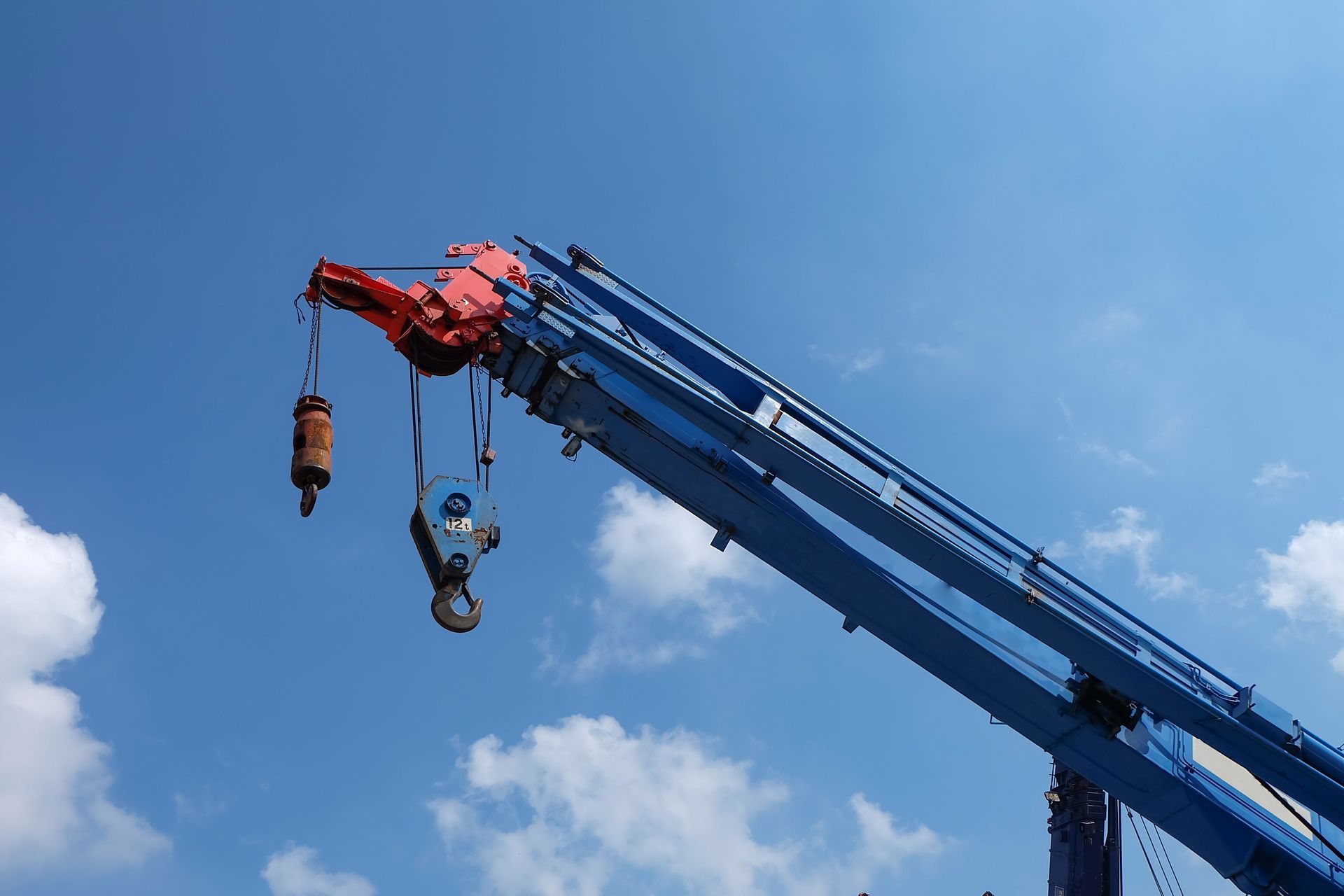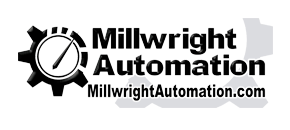3 Things to Know About Overhead Crane Inspections
Overhead cranes are an integral part of many industrial operations, used to lift and move heavy materials efficiently. Ensuring that these cranes operate safely and efficiently requires regular maintenance and proper inspections. Understanding the key aspects of overhead crane inspections can help manufacturers and operators prevent accidents, reduce downtime, and extend the equipment's lifespan. This article covers essential insights into what you need to know about conducting these inspections effectively.
1. Consider the Importance of Regular Inspections
First and foremost, the importance of regular inspections cannot be emphasized enough. Overhead cranes are subjected to significant stress and wear during operations, which can lead to components becoming compromised. Periodic inspections help identify any weaknesses or potential issues before they escalate into major problems. According to the Occupational Safety and Health Administration (OSHA), overhead cranes should be inspected every six months. This biannual inspection is crucial to adhere to safety standards and ensure compliance with regulations that are designed to keep both equipment and operators safe.
2. Understand Inspection Types
There are two main types of inspections: frequent and periodic. Frequent inspections are more general and should be conducted daily or weekly based on the crane's usage. They involve basic checks of operational functions such as controls, brakes, and warning signs. Periodic inspections, on the other hand, are more in-depth and involve detailed examinations of the crane's structure, gears, electrical systems, and mechanical components. This comprehensive approach ensures that no area of the crane is overlooked, promoting the safety and reliability of operations.
3. Hire Qualified Professionals
Hiring qualified professionals to conduct these inspections is crucial. Trained inspectors are equipped with the skills and knowledge to spot potential issues that untrained personnel might overlook. They use specialized equipment and follow strict protocols to assess the condition and functionality of each component of the crane. Investing in professional inspections not only ensures compliance with OSHA mandates but also offers peace of mind that every aspect of the crane has been thoroughly evaluated and deemed safe for use.
Overhead crane inspections are a critical component of maintaining the safety and efficiency of industrial operations. By adhering to regular inspection schedules and employing qualified inspectors, organizations can mitigate risks associated with crane operations. Ensuring proper maintenance and inspection of these vital pieces of equipment helps safeguard both employees and the operational integrity of industrial projects. Contact Millwright Automation LLC today for more information on our inspection services.



Share On: